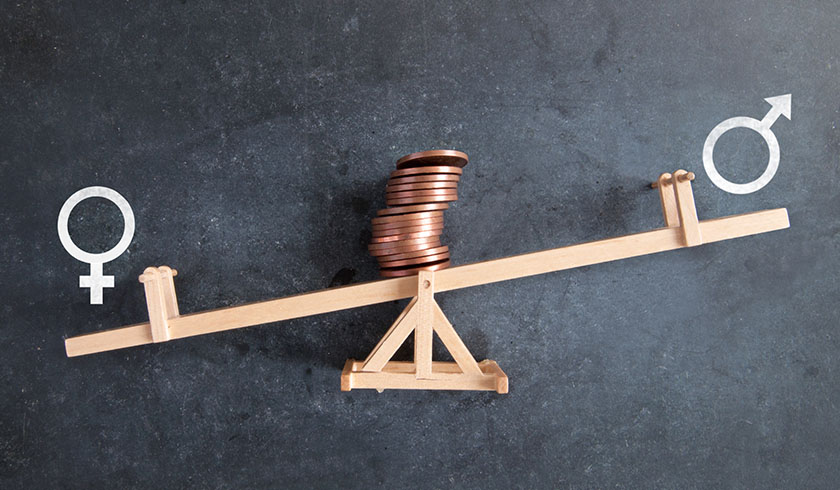Why men own more properties than women
As of January 2021, Australian men own over 3 per cent more properties than women, according to a new report.

CoreLogic’s Women and Property: State of Play report found that men had exclusive ownership of 29.9 per cent of the 4.8 million properties analysed compared with 26.6 per cent owned by women. This is despite women making up 50.9 per cent of the population aged 18 and over.
According to CoreLogic’s head of research Eliza Owen, the gap in property ownership most likely comes down to women having lower levels of income.
Latest data from the Australian Bureau of Statistics (ABS) showed that the gender pay gap in Australia currently sits at 13.4 per cent, with the average monthly earnings for men at $7,818 and $6,769 for women.
Across states and territories, Western Australia showed the highest gender pay gap at 22.9 per cent, while the ACT showed the lowest at 6.3 per cent.
“Income is an important determinant of home ownership, and lower income households in Australia consistently have lower rates of home ownership,” Ms Owen said.
Additionally, 67.2 per cent of women are also representative of those in part-time work, which may offer lower levels of pay due to less hours of work.
With lower earnings, women generally have a harder time saving for deposit, she noted.
Where men would need an average of 69 months to save a 20 per cent deposit, women would need 79 months, according to the CoreLogic report.
This gap in savings is most pronounced in Western Australia, where women need an additional 14 months to save for a deposit.
“Across Western Australia, higher incomes have generally been earned across male-dominated sectors such as mining,” Ms Owen said.
Interestingly, CoreLogic noted that WA has the fourth most affordable median dwelling value at $465,785, following South Australia, Northern Territory and Tasmania.
As property values increase “at their fastest rate since 2003”, lower-income households could have an even harder time saving up for deposit, the research head commented.
Home ownership
As income also determines the capacity to borrow, men stand to have access to more expensive properties because of their higher average incomes.
Therefore, they could also benefit from greater returns in terms of dollar value, Ms Owen said.
The report also found that 43.9 per cent of the properties analysed across Australia are owned jointly by males and females, which suggests that “joint ownership could create more success achieving ownership of property”.
This trend once again disproportionately impacts women, with ABS figures showing that women make up 63.5 per cent of single-parent or single person households.
“This may come back to part-time work arrangements; a lot of the lone-parent households in Australia are single parent households.
“Caring responsibilities may also make it harder for women to attain higher incomes, and gain access to property ownership,” according to the research head.
While single women could gain easier access to property by co-owning with a family member, friend or a partner, this could put them in a “systemic disadvantage” and limit their financial independence, she commented.
“Ultimately, more equitable outcomes around property will come from payments which help with housing costs to low income households, or organisational responses aimed at closing the gender pay gap,” Ms Owen concluded.
